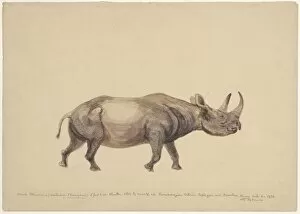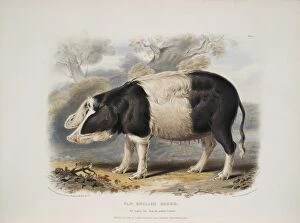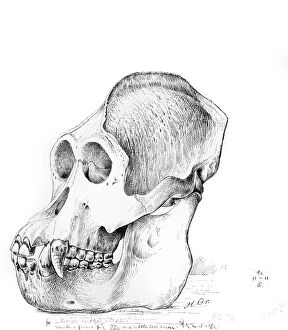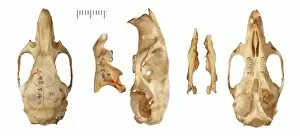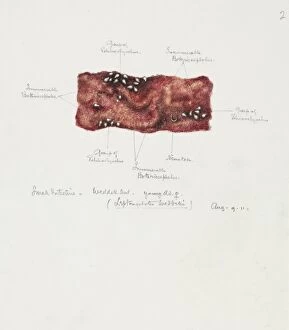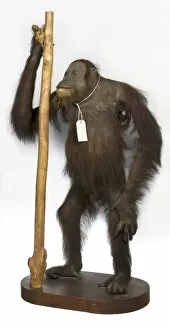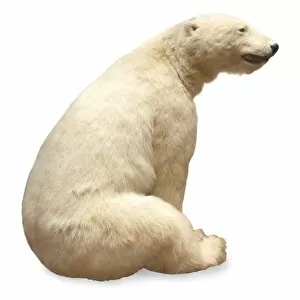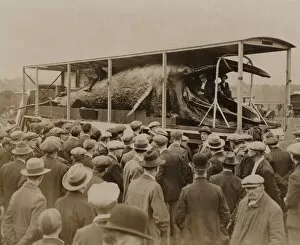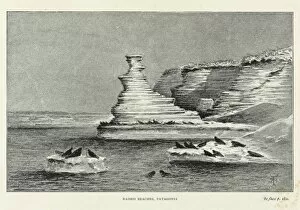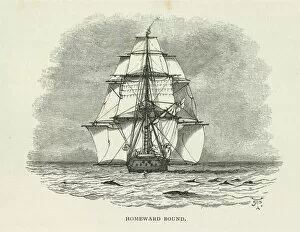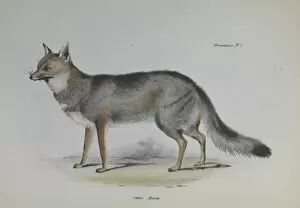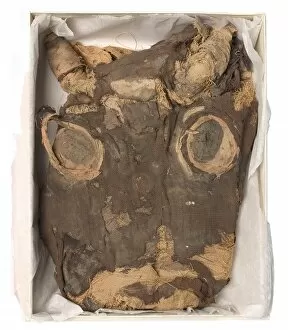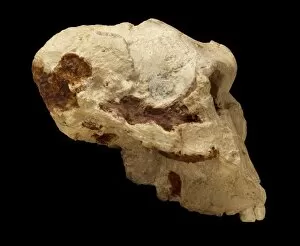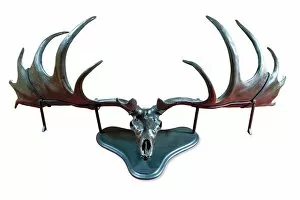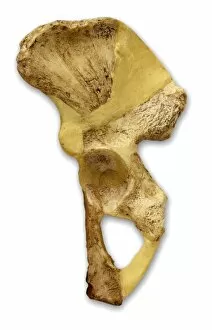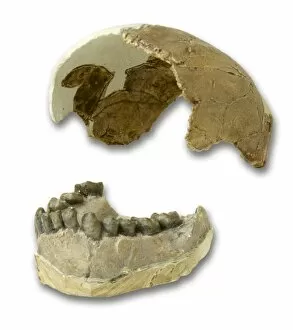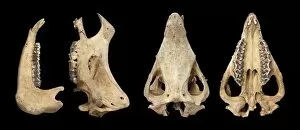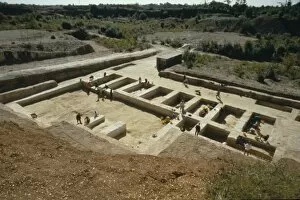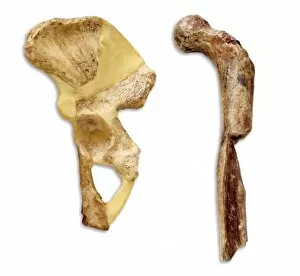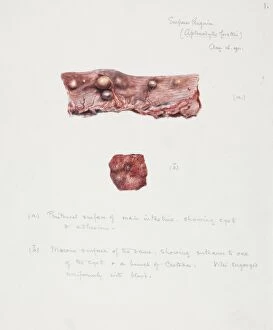Placental Mammal Collection (#7)
"Unveiling the Marvels of Placental Mammals: From Lucy to Sperm Whales" Step into a world where ancient creatures and modern marvels coexist
For sale as Licensed Images
Choose your image, Select your licence and Download the media
"Unveiling the Marvels of Placental Mammals: From Lucy to Sperm Whales" Step into a world where ancient creatures and modern marvels coexist. Meet Australopithecus afarensis, famously known as Lucy, our earliest ancestor in the hominin lineage. Her fossilized remains provide invaluable insights into human evolution. But the wonders don't stop there. Lord Walter Rothschild's zebra-drawn trap showcases his eccentricity and passion for wildlife conservation. Meanwhile, Ballyregan Bob, a majestic greyhound, exemplifies the elegance and speed of these domesticated placental mammals. Venture further back in time to encounter Megatherium, the colossal giant ground sloth that once roamed Earth. Its massive size leaves us awe-struck at nature's ability to create such extraordinary beings. The ferocious Smilodon fatalis with its iconic saber-like teeth takes center stage next. This fearsome sabre-toothed cat reminds us of prehistoric predators that ruled their habitats with unmatched prowess. In contrast to these formidable creatures, we have Mustela nivalis - the least weasel - showcasing how even small they can leave an indelible mark on our planet's biodiversity. Lord Lionel Walter Rothschild himself was not only a collector but also a pioneer in zoology. His contributions paved the way for scientific understanding and conservation efforts worldwide. Proconsul africanus represents an important link between primates and humans. Its existence sheds light on our common ancestry and offers glimpses into early primate behavior. Marvel at the sleek design of greyhounds; their streamlined bodies are perfectly adapted for high-speed pursuits—a testament to both natural selection and human intervention through selective breeding practices. Witness Homo habilis in action—an early member of our own genus who used tools skillfully millions of years ago—showcasing humanity's ingenuity from its very beginnings.

